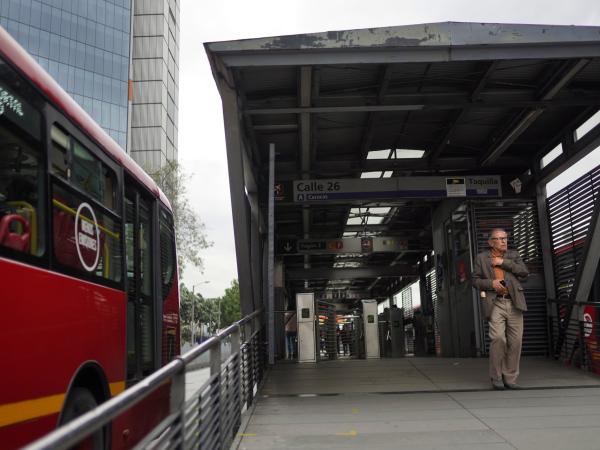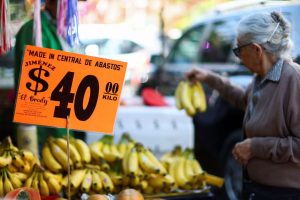He Minister of Finance and Public Credit, Ricardo Bonillareaffirmed a Increase in the price of ACPM reference fuel in the country.
And it is that at the beginning of the month of August, the Energy and Gas Regulatory Commission (Creg) implemented this in a total of 13 cities throughout the national territory.
(You can read: Pirate transport in check to inter-municipal transport finances).
It should be remembered that the cost of five gasoline references in the country (regular, oxygenated, ACPM, the ACPM-diesel mixture and biodiesel) They had an increase in their prices between 2,000 and 3,000 pesos; nevertheless, This measure only targeted large consumers, such as oil, mining and cement companies..
Public transport
(You may be interested in: ‘Eliminating the subsidy to ACPM is the most responsible long-term measure’: Anif).
With the new increase, private vehicles and freight transporters will be affected, as well as Colombians who use the public transportation systemswhether within their respective cities, as in the intermunicipal services.
What do transporters think?
Prior to the days of demonstrations by truck drivers and transporters, Henry Cárdenas, president of the Federation of Cargo Transport Entrepreneurs (Fedetranscarga)in statements to ‘Red+’, said that the rise in fuel prices is a measure “serious“not only for the workers it represents, but also for the citizens.
(Also: Inflation would be impacted by 2% with the $6,000 increase in diesel prices).

Public transport.
“For the passenger sector it would be very serious. When costs go up, transporters will have to raise fares and that is where even the poorest in Colombia will be directly affected.“, he said.
Juan Pablo Fernández, negotiator of the Inter-Union Chamber of Transport (Unidos)he assured the same media that “For example, a fare that costs 3,000 pesos would have to increase to 4,000 or 4,100 pesos, hitting households’ pockets very hard and putting pressure on them to reduce these consumptions or to replace the means of transport.“.
PORTFOLIO



![[Img #74675]](https://thelatestnews.world/wp-content/uploads/2024/12/They-discover-a-new-class-of-X-ray-sources-in-the-150x150.jpg)











Add Comment